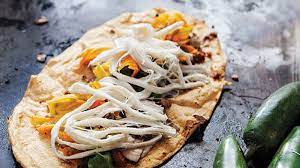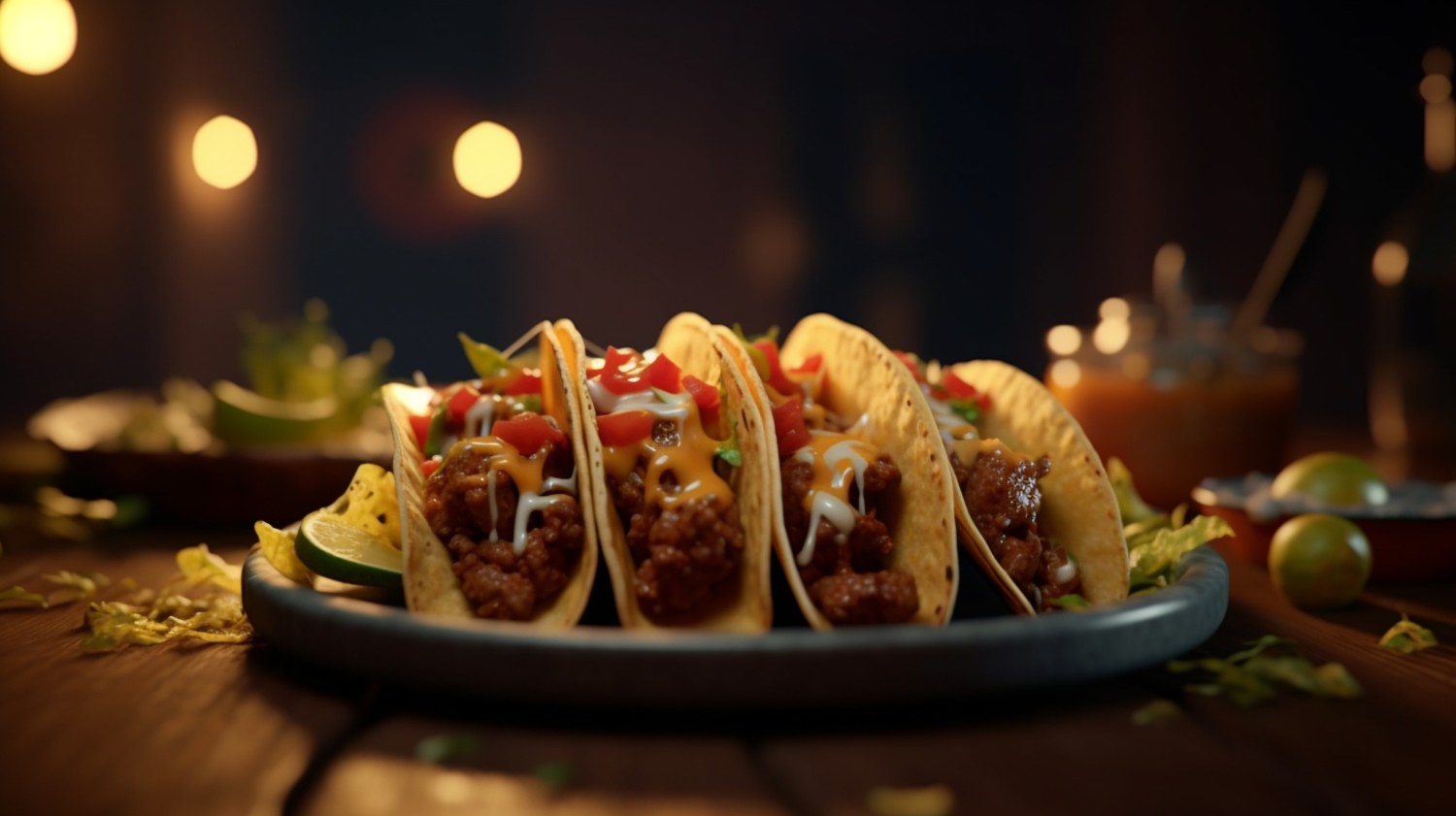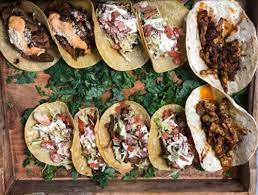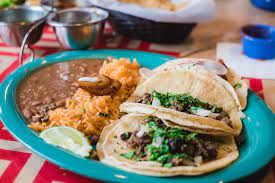What makes Mexican food so irresistible? The answer lies in its rich blend of vibrant flavors, fresh ingredients, and deep cultural heritage.
Mexican cuisine is a delightful fusion of indigenous Mesoamerican staples like corn, beans, and chili peppers, combined with European influences brought by the Spanish.
Each dish tells a story, bursting with complexity from the use of aromatic spices, slow-cooked meats, and zesty salsas.
The balance of textures and the emphasis on freshness create a dining experience that’s not just satisfying but truly memorable. Mexican food’s appeal is universal, making it a favorite around the world.
Here what food is similar to huaraches?
Why is mexican food so good?
What makes Mexican food taste good?

Is Mexican food one of the best in the world?
Why do Californians love Mexican food?
Why is Mexican food good for you?
The importance of Mexican cuisine in the culinary world?
9 Reasons why mexican food so good
Related faq’s
Why does Mexican food taste so much better than American food?
Mexican food often tastes better than American food because of its emphasis on fresh, vibrant ingredients and complex flavors.
Mexican cuisine uses a rich blend of spices, herbs, and chilies that create bold, layered tastes.
Traditional cooking methods like slow-cooking and roasting deepen these flavors, while fresh elements like cilantro, lime, and tomatoes add brightness.
Additionally, the cultural importance placed on homemade and handcrafted dishes ensures high-quality, authentic flavors.
In contrast, American food, often influenced by convenience and processed ingredients, may lack the same depth and freshness, making Mexican food stand out in comparison.
Do you consider Mexico to be the best cuisine in the world?
Many consider Mexican cuisine to be among the best in the world due to its rich flavors, diverse ingredients, and deep cultural significance.
The combination of indigenous traditions and Spanish influences has created a vibrant and complex culinary landscape.
Mexican food is known for its bold use of spices, fresh produce, and time-honored cooking techniques, resulting in dishes that are both flavorful and satisfying.
Its global popularity, recognition by UNESCO as an Intangible Cultural Heritage, and its ability to cater to a wide range of tastes and preferences make Mexican cuisine a strong contender for the title of the world’s best.
Opinions on Mexican food becoming number 1 in the US?
Mexican food’s rise to the top spot in the U.S. culinary scene reflects its widespread appeal and versatility.
Its bold flavors, fresh ingredients, and diverse options cater to a broad range of tastes, making it a popular choice among Americans.
The cuisine’s adaptability to various dietary preferences and its deep cultural roots contribute to its growing prominence.
As more people discover and appreciate the rich, vibrant flavors of Mexican dishes, its popularity continues to soar.
This shift highlights a broader trend toward celebrating global flavors and embracing diverse culinary experiences in the American food landscape.
Why do Americans like Mexican food so much?
Americans like Mexican food for its bold flavors, vibrant colors, and diverse options.
The cuisine’s use of fresh ingredients like tomatoes, avocados, and chilies creates exciting and satisfying dishes.
Its adaptability to various dietary preferences—offering both vegetarian and meat-based options—makes it accessible to many.
The communal nature of Mexican meals also resonates with Americans, who appreciate the shared, flavorful experience.
Additionally, the growing availability of authentic Mexican food and its integration into American culture.
Thus, through popular dishes like tacos and burritos has further fueled its widespread enjoyment and appreciation.
Is Mexican Food “Sophisticated”?
Conclusion
Mexican food is so good because it masterfully blends fresh, high-quality ingredients with bold, complex flavors.
Its rich culinary heritage combines indigenous staples with Spanish influences, resulting in a diverse and dynamic cuisine.
The emphasis on vibrant, flavorful components like chili peppers, herbs.
Thus, and fresh produce, along with traditional cooking techniques, creates a memorable and satisfying dining experience.
Whether enjoyed in everyday meals or elaborate feasts, the depth of flavor and cultural significance.
Thus,, that make Mexican food a beloved and enduring favorite, offering both deliciousness and a connection to its rich traditions.


